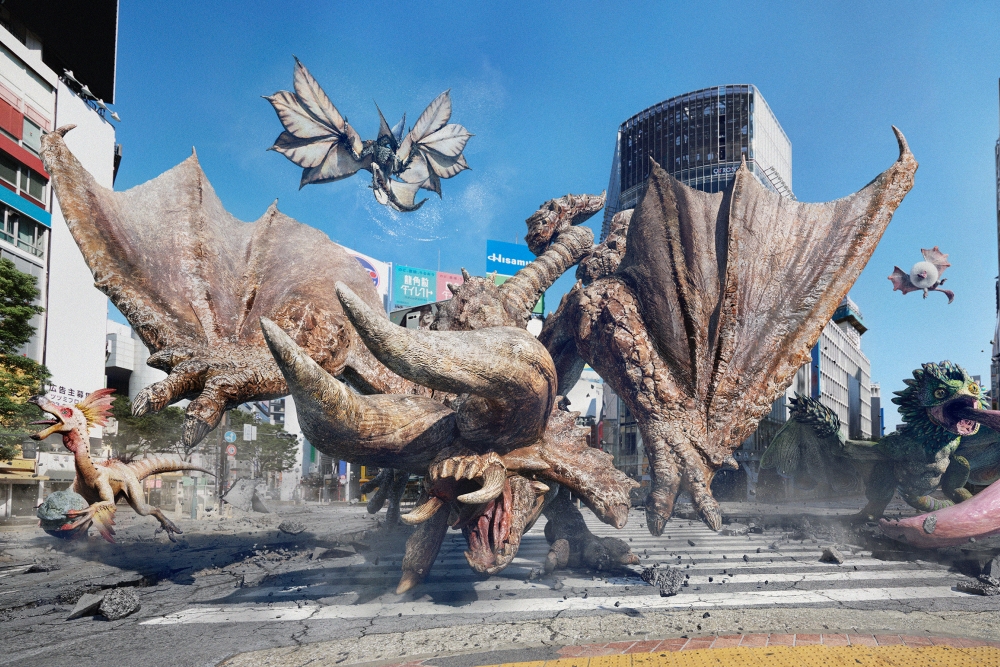Niantic has made many a location-based mobile game, but none of them have matched the popularity of Pokemon Go. Just last year, it announced Peridot – the first original IP since Ingress (which has been rebooted as Ingress Prime) – which doesn’t seem to be doing too hot. And today, it has Monster Hunter Now, naturally working with Capcom for this one, as another attempt at catching lightning in a bottle.
Of course, these are not the only attempts by the company to replicate the success of Pokemon Go. Most famously, Niantic launched Harry Potter: Wizards Unite back in 2019 to what seemed like a title that was on its way to financial success at the time. Of course, this point of view was flipped on its noggin in a mere two years. That’s to say nothing of two other titles, NBA All-World and Catan: World Explorers, which were shut down half a year after their launch.
And now, on the first day of availability for Monster Hunter Now, I’m calling it – this game is destined to fade away into obscurity in due time. Just like so many location-based mobile games have before it, whether they are made by Niantic or not.
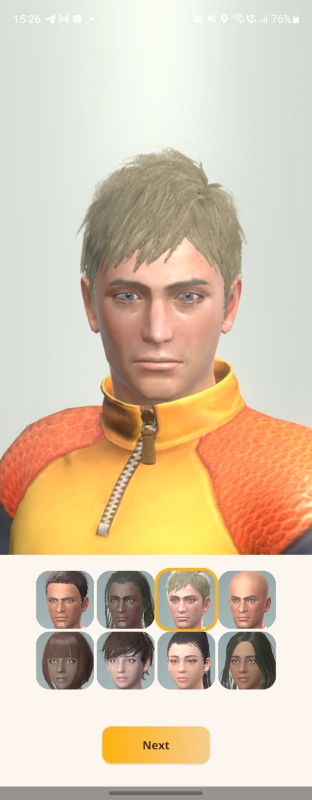
Now, you may feel that I am coming down a bit too harshly on Monster Hunter Now, which barely had time to prove itself. And if you judge it by its preregistration numbers, it looks to be doing very well. But as demonstrated by the Harry Potter: Wizards Unite example, we’ve seen this pattern before.
Of course, it’s easy to understand the appeal of a much more casual and simplified version of Monster Hunter. Rather than spend five minutes or more – easily – on a single hunt, Monster Hunter Now cuts this down to a couple dozen seconds. In fact, you time out and fail at 75 seconds, a time that many speed runners in the full games would die for.
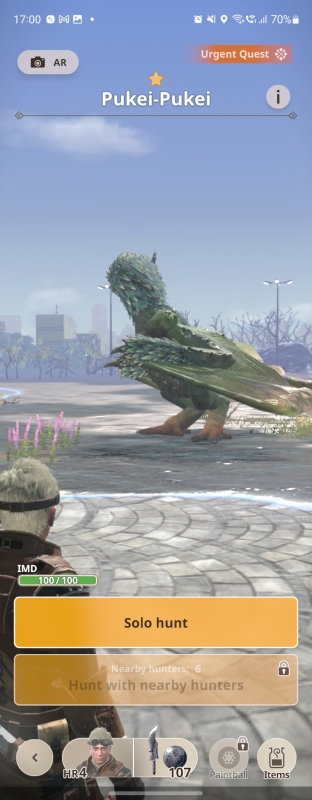
In the same vein, controls in Monster Hunter Now are also much more simplified. Rather than having to memorise the move sets of each weapon, all you really need to do in a “hunt” is to tap the screen as rapidly as possible. While you’ll still need some finesse when it comes to evading (done by swiping backwards or to the sides), the monster flashes red before attacking, meaning you don’t even need to study the monster you’re facing.
But on the flip side, will this lack of depth compared to the original format really be able to improve player retention? Will it be engaging enough to bring in new fans, or even satisfy the needs of series veterans? Maybe. But it’s always important to remember that a game with high engagement doesn’t necessarily mean that it is engaging. The former can be faked just by having things like log-in rewards and menial daily tasks. The latter, on the other hand, demands that the game be fun.
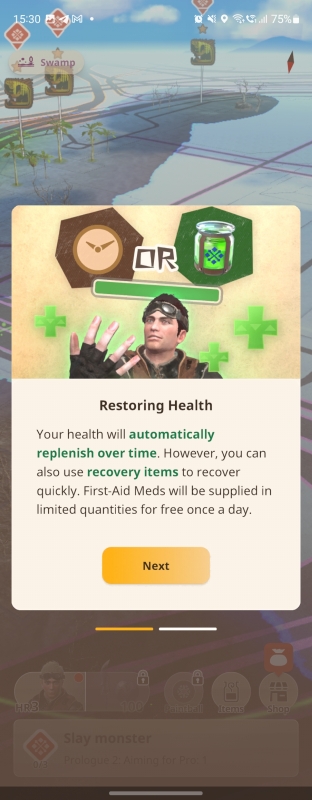
And with a starting weapon selection range of only six – five of which you need to unlock – out of the fourteen that’s available in the mainline titles, Monster Hunter Now is starting off on the wrong foot. The fact that materials, as well as hunts against large monsters, are both geo- and time-locked sounds like a bad time for anyone looking to make sets tied to specific monsters. But hey, if Niantic can do it with Pokemon Go, there may be an argument to be made here as well.
Speaking of which, one aspect that that makes Monster Hunter Now distinct from Pokemon Go is the fact that the game changes your local biome every day. Whether this is randomised, or based on a set schedule or list, it remains to be seen. This may alleviate some of the issues that players will face with geo-locked monsters, but I fully expect an equivalent to the Remote Raid Pass to make an appearance, to say nothing about other things that may make the translation.
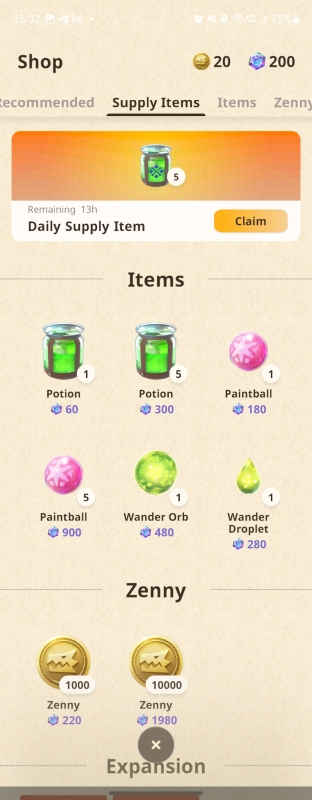
Which then brings me to the subject of monetisation. Monster Hunter Now is still in its early days, so the game’s monetisation does not look like mandatory element to have any semblance of playability. This echoes the starting phase of Pokemon Go, before raids were a thing. That naturally changed when the mechanic made its entrance, making the aforementioned Remote Raid Passes almost a necessity if you wanted a Legendary Pokemon that’s not available near you. It would be surprising if a similar situation does not eventually manifest in Monster Hunter Now.
If you’ve gotten this far into the article, you’re probably thinking that I have something against Niantic, and is actively hoping that Monster Hunter Now sinks into oblivion. Which is fair, since I am a hardcore fan of the series, and I do profess to disliking the warping of its formula, the same way Pokemon Go is, in my eyes, not a Pokemon game.
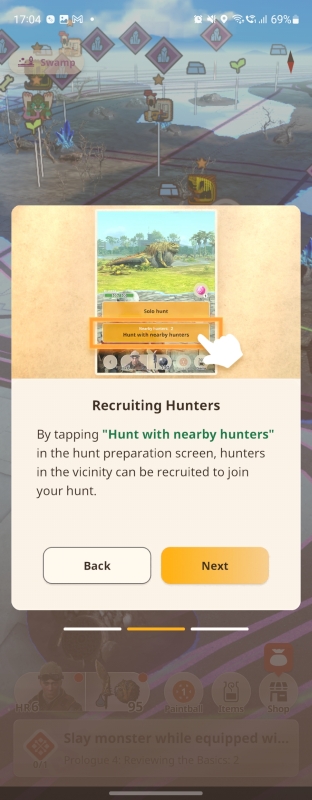
But in the same way that I do not much care for Pokemon Go, I also do not quite care for Monster Hunter Now and will not be bothered if the game was a success or failure. And by this point, it seems pretty clear that Niantic, as a game dev, is a one-trick pony. All of its games, be they original IPs or riding on the success of another, will all be built on three ideas: exploration, exercise, and real-world socialising – as a CNBC report puts it. And barring the media behemoth that is Pokemon, that formula doesn’t seem to be working, at least not consistently.
I will confess, I had thought in the past that Pokemon Go would also fail once the passage of time took its course, since it too was bereft of the qualities that made a Pokemon game. And I’m fine with being wrong on that front. But it will take some significant convincing for me to accept that the reason for this one particular location-based game still thriving somewhat is based on its own merits, and not the coattails of the most profitable media franchise ever.
In comparison, while Monster Hunter is now quite mainstream thanks to World and its Iceborne expansion, their influence in pop culture is still far from comparable. Therefore, its influence alone is likely to keep a sinking ship afloat.
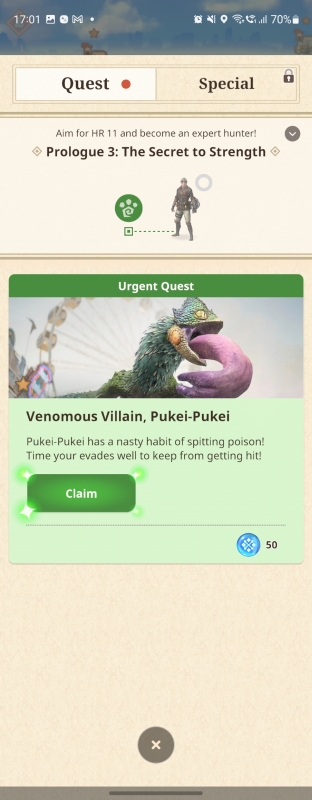
So we’ll see what happens next, a few years down the line. Monster Hunter Now could disappoint like the other surviving Niantic ventures, or it thrive and play second fiddle to Pokemon Go for the next decade, and maybe beyond. But before we get there, I’m certain the company will find a way to introduce a feature that its player base loved, and then take it away in spite of the backlash.
And on that bombshell…
Follow us on Instagram, Facebook, Twitter or Telegram for more updates and breaking news.


